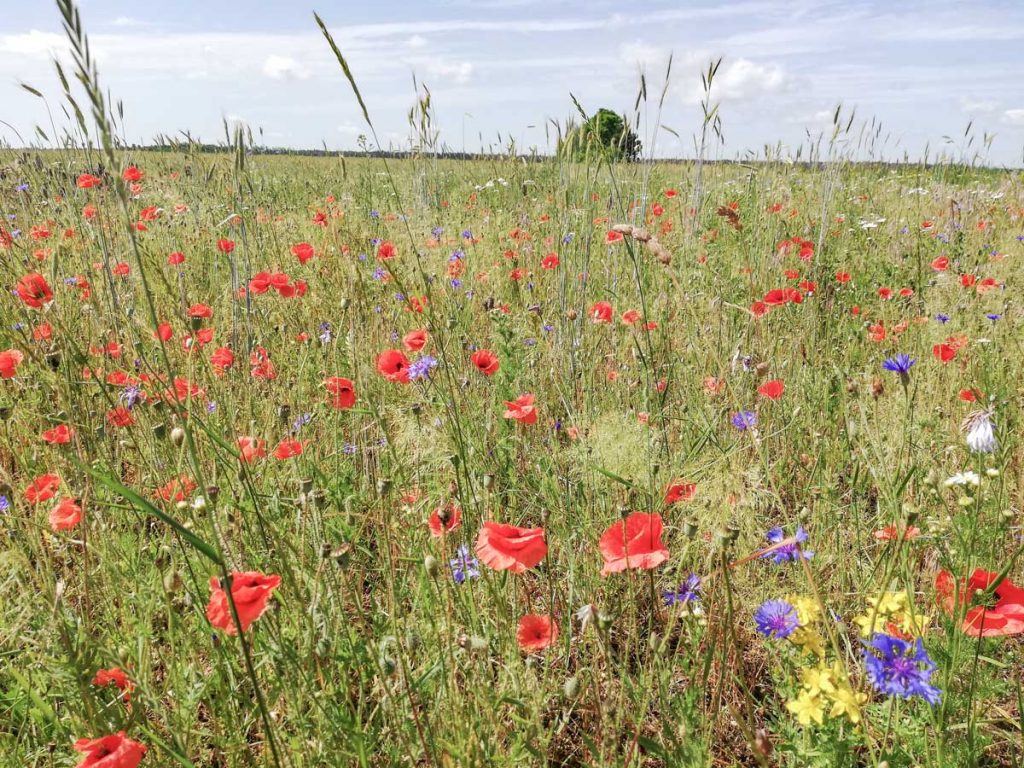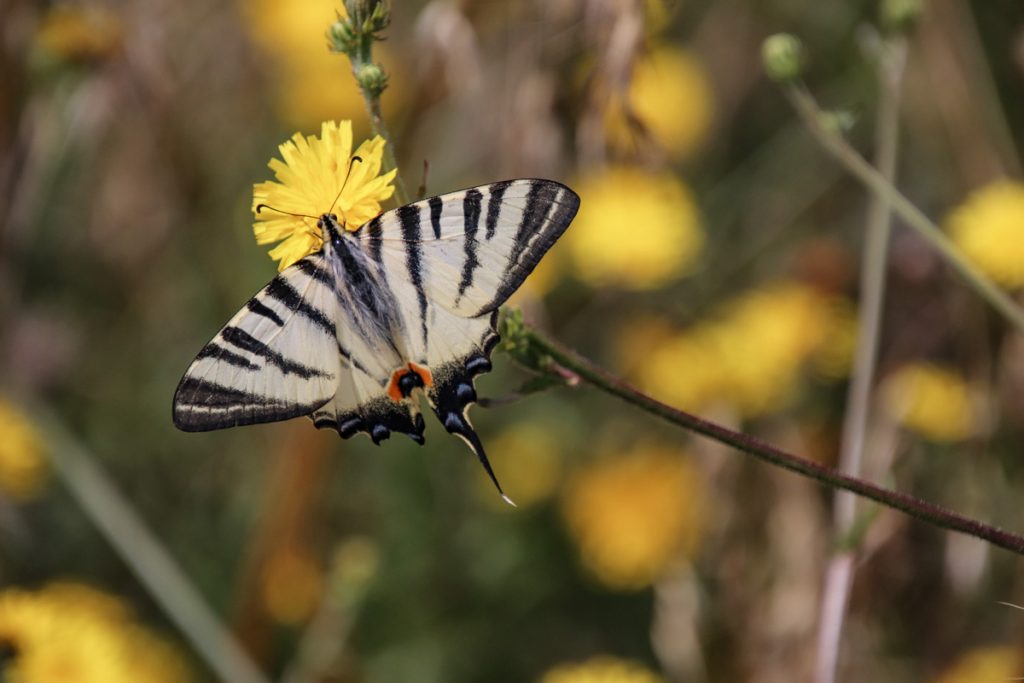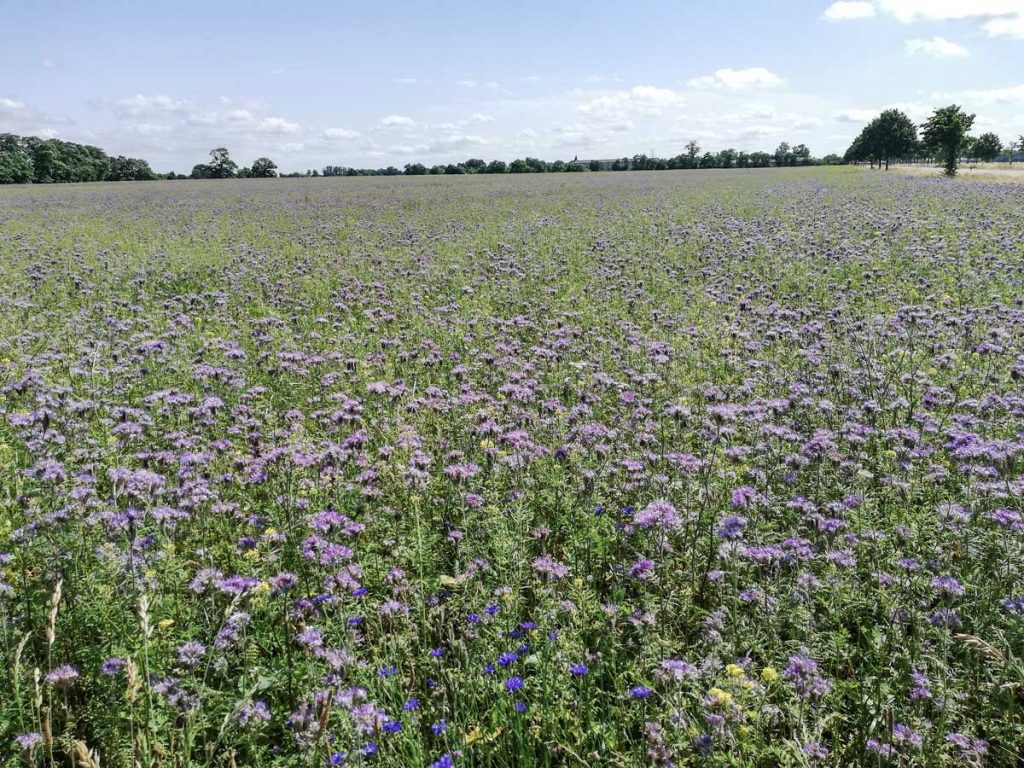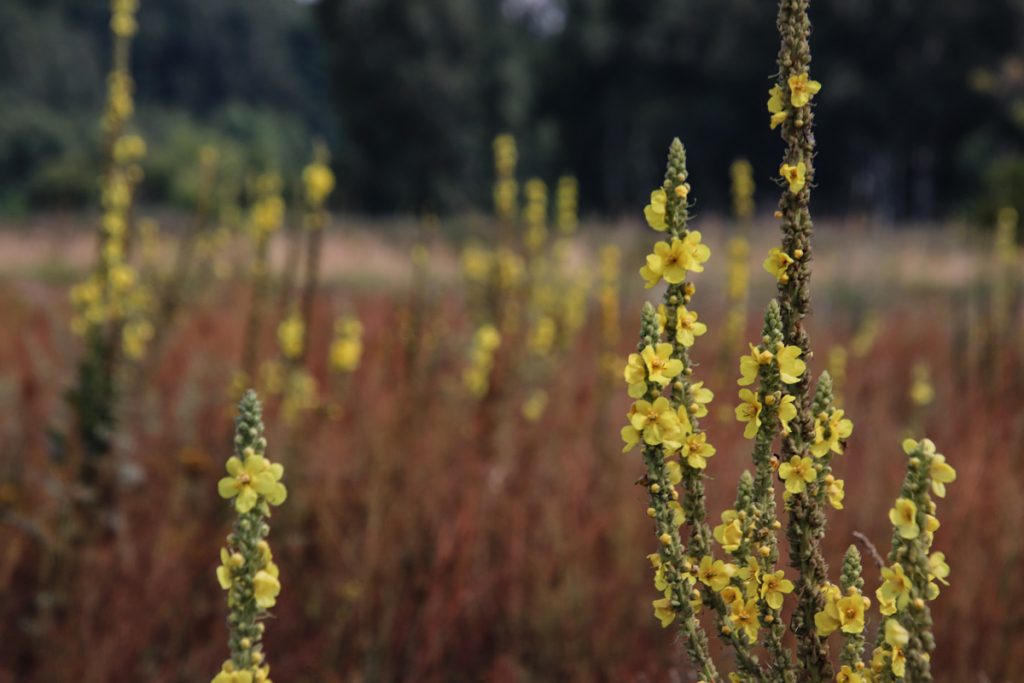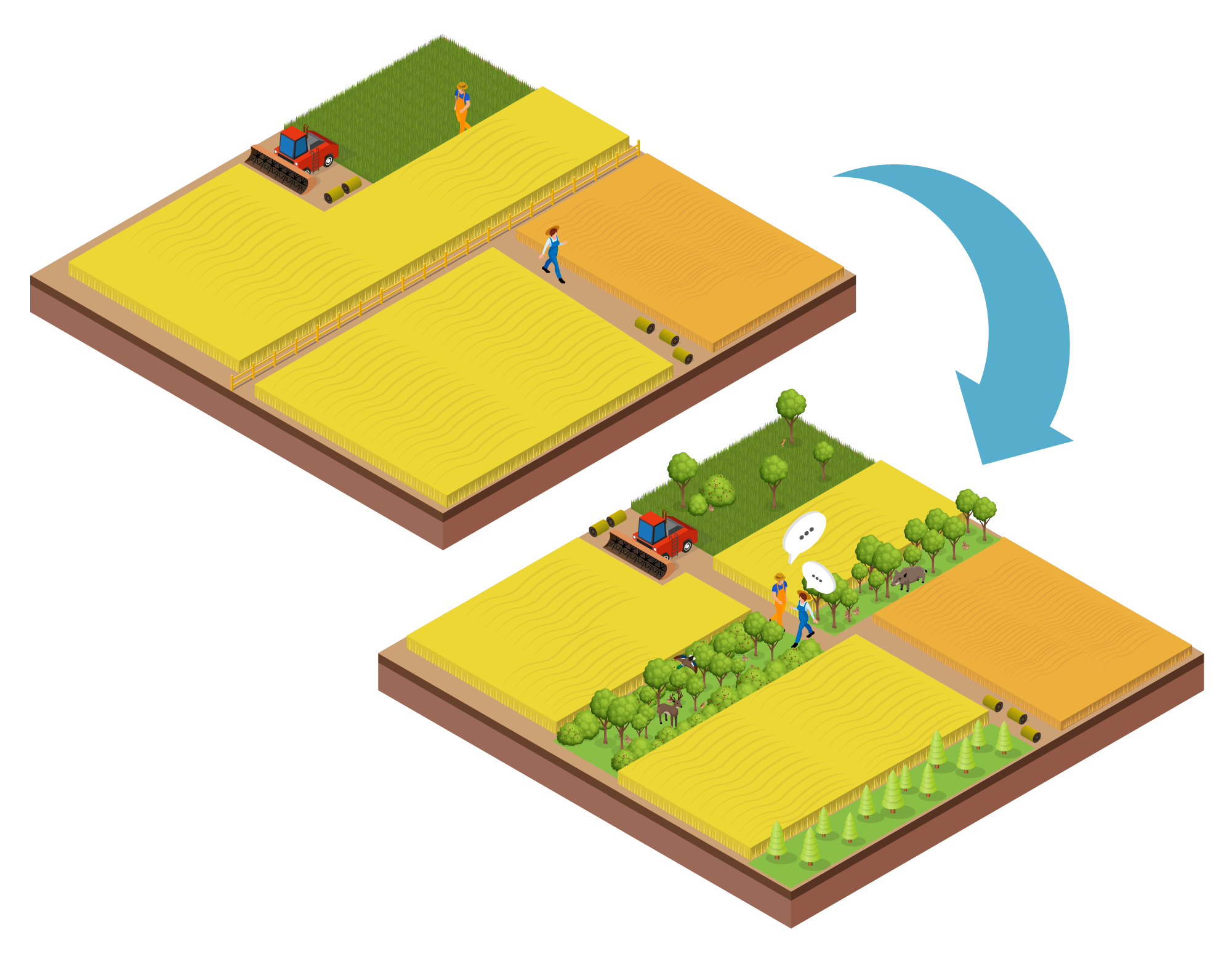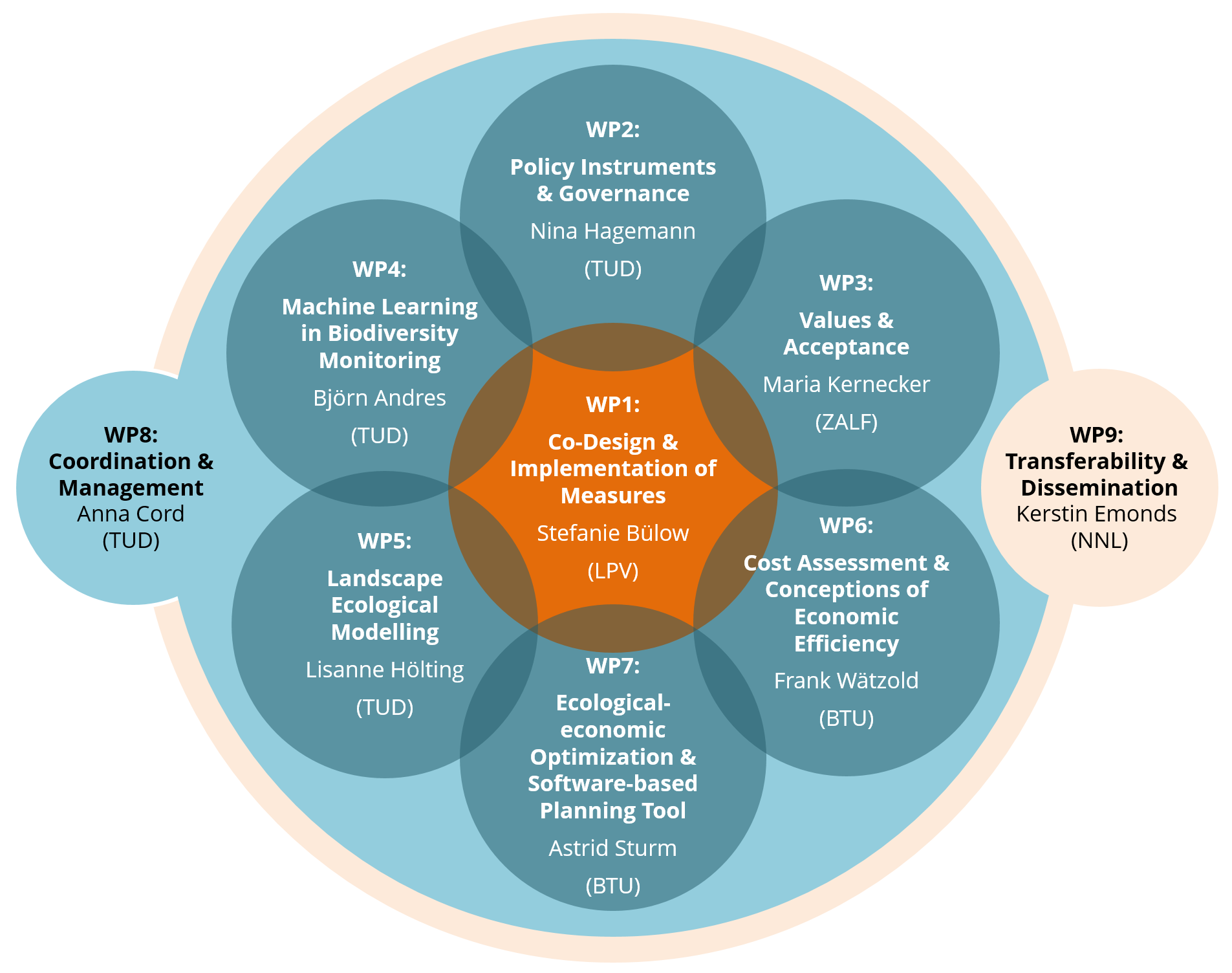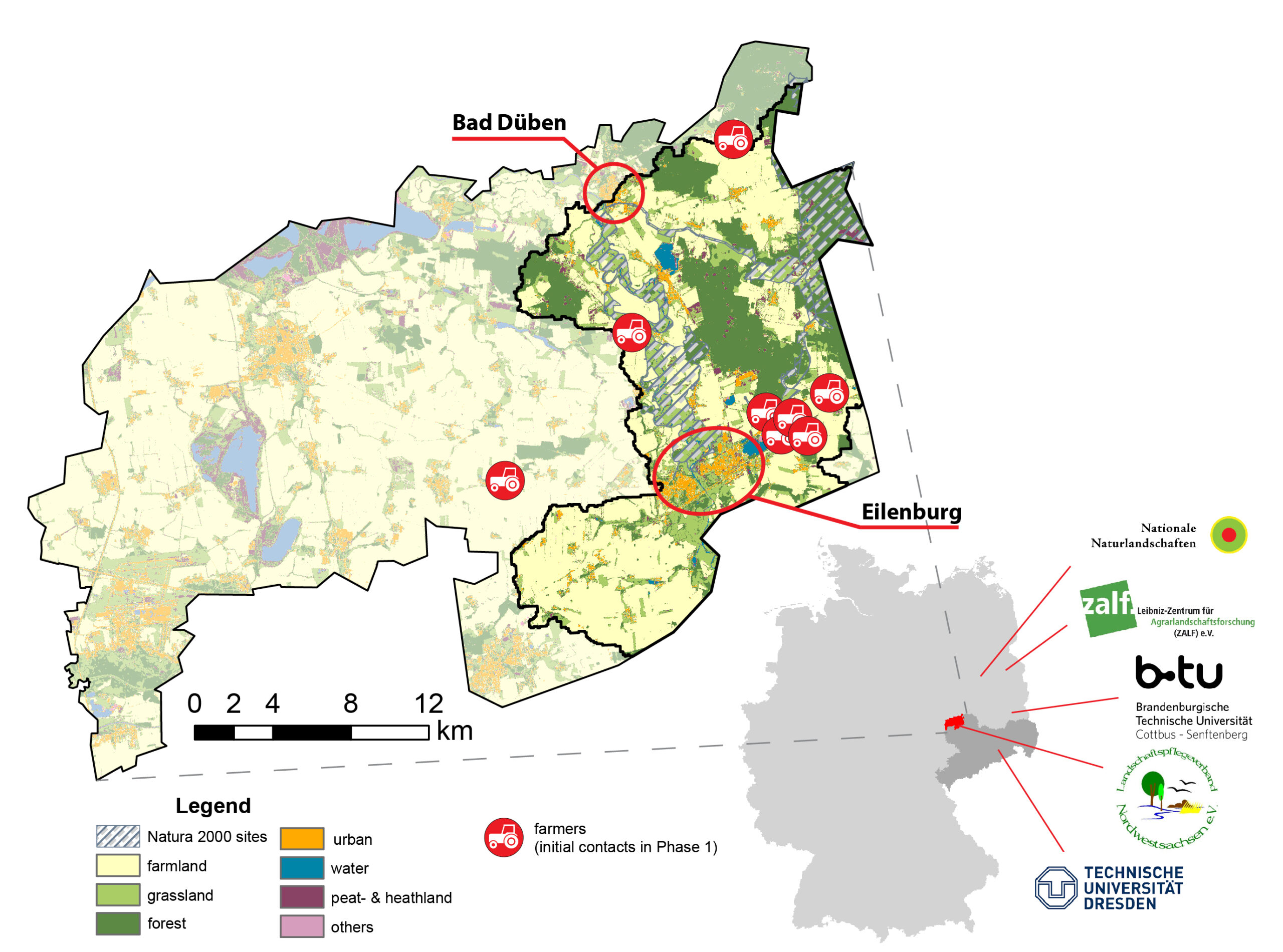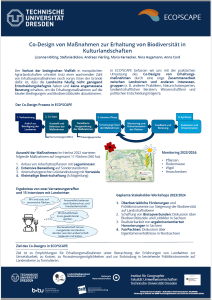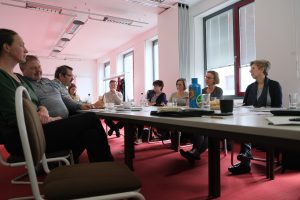Factsheet 1: Land use in the case study area (Download)
Factsheet 2: Machine Learning for Biodiversity Monitoring (Download)
Factsheet 3: Result–based schemes for nature conservation in agricultural landscapes – challenges and outlook (Download)
Factsheet 4: Co-Deisgn in ECO²SCAPE (Download)
Factsheet 5: Mapping and modeling of bird habitats (Download)
Factsheet 6: Cost comparison of audiomonitoring and ornithological surveys (Download)
Markova-Nenova, N., Engler, J. O., Cord, A. F., Wätzold, F. (2023): Will passive acoustic monitoring make result-based
payments more attractive? A cost comparison with human observation for farmland bird monitoring. Conservation Science and Practice. e13003
Schwengbeck L, Hölting L, Witing F (2023) Modeling Climate Regulation of Arable Soils in Northern Saxony under the Influence of Climate Change and Management Practices. Sustainability. 5:11128.
Hölting L, Busse M, Bülow S, Engler JO, Hagemann N, Joormann I, Kernecker ML, Larondelle N, Sturm A, Turkelboom F, Wätzold F, Cord AF (2022): Co-design: Working with farmers in Europe to halt the loss of biological diversity. Ecological Evidence and Solutions. 3:e12169.
Hölting, L., Speck, S., Rodriguez Barrera, G., Wendler, J. (2022) Assessing the importance of flowering weeds in agricultural landscapes. Conference Poster (ECCB, 2022, Prague)
Kernecker, M., Cord, A., Hagemann, N., Wendler, J., Knierim, A. (2022) Farmers’ relational values shape autonomy in biodiversity conservation practice -a case study from Saxony, Germany. Conference Poster (FEdA Conference, 2022)
Ogawa, R., Engler, J., Cord, A. Habitat selectivity of a farmland bird depending on the presence of agri environment schemes. Conference Poster (FEdA Conference, 2022)
Cord, A. et al. (2022) Co-designing ecologically and economically efficient measures for conserving biodiversity at landscape level. Conference presentation (IALE, 2022)

